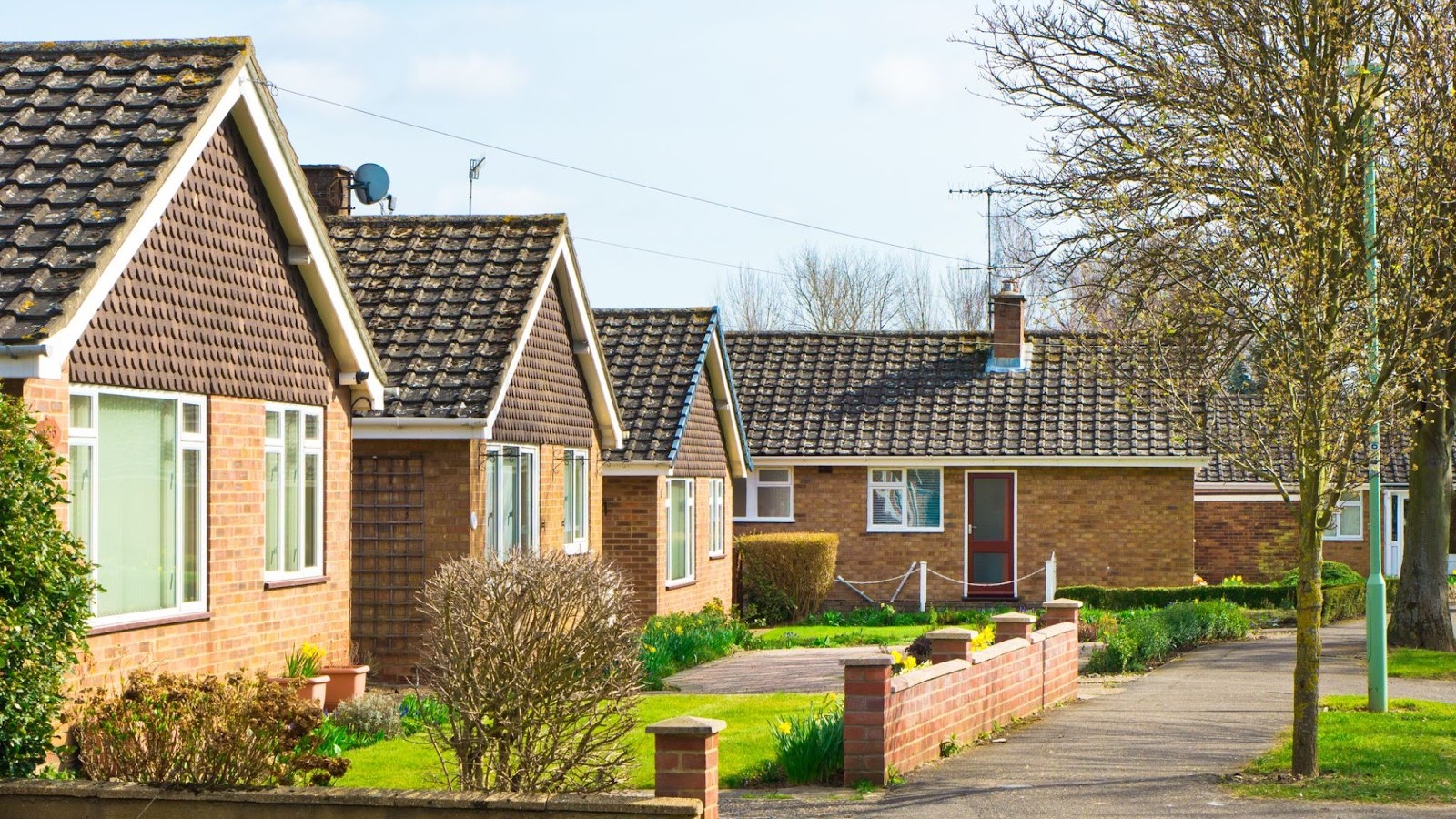Avoiding underinsurance at home
5 minute read

When taking out home insurance, you may have searched “how much cover do I need” or “how to calculate my home contents value” to make sure you were getting the right level of cover. But adding up the value of all the possessions you own or how much it could cost to rebuild your home isn’t always an easy job, and you’re unlikely to get it right down to the penny.

Get a home insurance quote
Age Co helps homeowners over 50 find the right protection. We are 100% owned by Age UK and our profits go back to the charity.
While it can be time consuming or a little difficult to work out, it’s really important that your final figures are in the right ballpark, or you could be what’s known as underinsured.
What does underinsurance mean?
Underinsurance of the home is when the insurance policy you pay for isn’t enough to fully cover all of your belongings or your property. This is because it can be difficult to estimate your home’s total contents value and the building value (including any outbuildings, garden walls, etc.).
A rebuild cost is the amount you’d need to recreate your home from scratch if it was destroyed or damaged beyond repair. It’s not the market value of your property or the price you paid for it, but the cost of replacing it like-for-like if it was lost in an insurable incident such as fire or severe weather. Insurers use rebuild costs to work out your premiums and potential pay-outs and ensure they’re fair and fitting.
How does underinsurance happen?
There are a few ways in which underinsurance can occur by accident, but unfortunately, you may not realise until it’s time to make a claim. If you’re reading this, then do take the time to look over your insurance policy and ensure that it’s as accurate as it can be.
The most common reason for being underinsured is simply miscalculation. People may undercount their possessions, missing some off the list altogether or underestimating how many they have, such as books, clothes or even pots and pans. Alternatively, people work out their contents value based on the items’ current values instead of what they would cost if they were newly purchased today. If an incident were to occur, the item would need to be replaced from new (provided the insurance policy is ‘New for Old’), not second-hand, and this is the cost you should take into account.

To avoid being underinsured, make sure you inform your insurer of certain high-value items, like a diamond ring, for example, and try not to underestimate your contents by excluding items over a certain cost. Generally, providers ask that costly items, usually over £1,500, are specified on the policy or insured separately.
Finally, another common mistake is not letting the insurance provider know of any substantial changes at home. People forget that renovating, refurbishing and extending can increase the build value of their home, and don’t notify their provider of such changes, potentially making their current policy out of date. This takes us to the next point, where people insure their property for its market price and not the rebuild cost. In some cases, the rebuild cost can be higher than the market value, and so you can accidentally underinsure yourself by using one but not the other.
What happens if I’m underinsured?
Being underinsured doesn’t usually impact you until you have to make a claim, at which point you might realise that you’re underinsured and it could be too late to adjust your policy. Should you make a claim, it could be refused or the claim amount could be reduced by the percentage of the underpayment. Therefore, you must make sure that your insurance is correct before an incident happens.
If you do find that you’re underinsured while going through a claim, your insurance provider may not cover you for all of the damage or replacement. The money you receive from your claim could be lower than the total contents value or cost of repair, and so you will need to spend some of your own money to make up the cost.
If your home were to be flooded, for instance, and your contents are insured for up to £55,000 but the cost to replace them is going to be £60,000, you may need to pay the difference to replace everything that was damaged. Most insurance providers offer sum-insured cover included in your insurance policy.
The sum insured correlates directly to the amount of premium you pay, but not always to the property's actual value or asset insured. If the sum insured is less than the replacement value or required amount to rebuild, it is often referred to as underinsurance. This means that inflation is taken into account, as well as an increase in the cost of things such as bricks and other building materials.
It’s best to avoid underinsurance, so spend the time double checking your figures and confirming them with your insurance provider – it could save you trouble in the future.

Win £500 in the Age Co Prize Draw!
Simply let us know your Home and Car Insurance renewal dates or just share your email address to be in with a chance of winning. See the full terms and conditions via the form.
